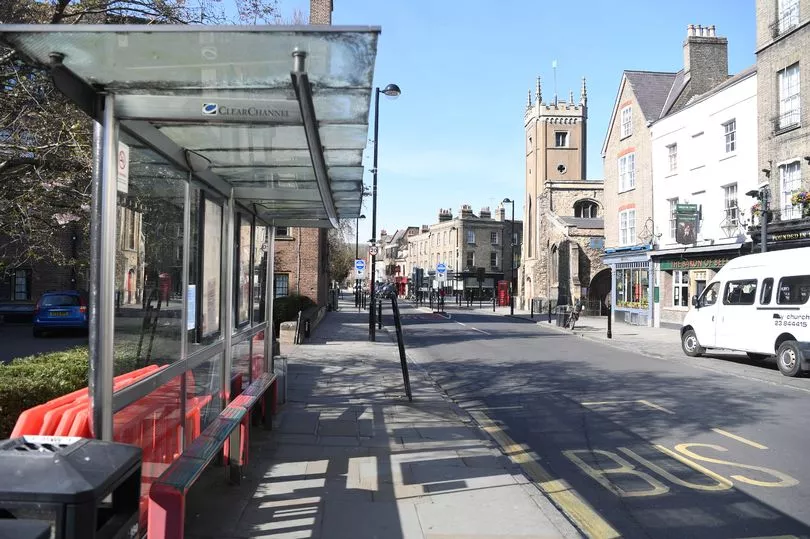The bustling town of Aylesbury is bracing itself for significant travel disruptions as a crucial thoroughfare into the town is […]
The ambitious plan to introduce publicly owned bus services in Cambridgeshire has sparked both anticipation and concern across the county. Spearheaded by the Cambridgeshire and Peterborough Combined Authority, the initiative promises a significant transformation in local public transportation but comes with an anticipated wait time that stretches into years.
Growing Demand for Bus Franchising
In recent years, the demand for improved and more reliable public transport in Cambridgeshire has been growing louder. The promise of bus franchising – where local authorities take control over routes, fares, and service quality – is seen by many as a beacon of hope. However, the timeline for such a transformative shift is not imminent, leaving residents and commuters facing a prolonged period of status quo before any tangible changes materialize.
The Waiting Game: A Slow Road to Change

Source: https://www.cambridge-news.co.uk/news/local-news/cambridgeshire-passengers-face-three-year-29600603
Bus franchising is being pursued by the Cambridgeshire and Peterborough Combined Authority (CPCA) as a solution to the region's transportation woes. This system will enable the authority to decide on bus routes, schedules, and pricing, theoretically leading to more efficient and responsive services. The idea is modeled after London's successful bus franchising system, which has been lauded for its effectiveness in improving public transit.
However, despite the promise, officials caution that the rollout of such a system in Cambridgeshire could take up to three years. This extended timeline is attributed to several factors including regulatory hurdles, the need for detailed planning, and substantial financial investments. It is a complex process that involves negotiating with existing bus operators, restructuring routes, setting up new governance models, and ensuring compliance with national and local regulations.
Challenges and Considerations
One of the primary challenges lies in negotiating with the current private bus operators who have been serving the area. These companies have long established routes, infrastructure, and customer bases, and transitioning to a publicly controlled model requires careful coordination to avoid service disruptions. Additionally, there are significant financial implications, including potential costs of compensating private operators and investing in new buses and technology.
Residents may also be concerned about the interim period and how it will affect their daily commutes. While the CPCA assures that efforts are being made to maintain and even improve current services during the transition, the uncertainty surrounding the exact timeline and outcomes could lead to skepticism and frustration among the public.
The Promise of a Better Future
Despite the lengthy wait, the potential benefits of publicly owned and franchised bus services in Cambridgeshire are compelling. Advocates argue that such a model will provide more reliable, frequent, and affordable services tailored to the community's needs. It also opens up possibilities for integrating bus services with other forms of public transport, thereby creating a more cohesive and efficient transportation network.
Environmental benefits are also a significant consideration. Franchising could facilitate the introduction of greener buses and more sustainable practices, contributing to Cambridgeshire's broader environmental goals.
Conclusion: A Necessary Patience
While the prospect of waiting up to three years for publicly owned bus services might seem daunting, it is important to recognise the magnitude of change that the CPCA is attempting to implement. Transforming an entire public transport system is no small feat, requiring time, meticulous planning, and significant investment.
For now, the focus must remain on maintaining current services while laying down the groundwork for a future where Cambridgeshire boasts a robust, reliable, and publicly owned bus network. Patience and perseverance will be key as the region navigates this transformative journey towards an improved public transport landscape.